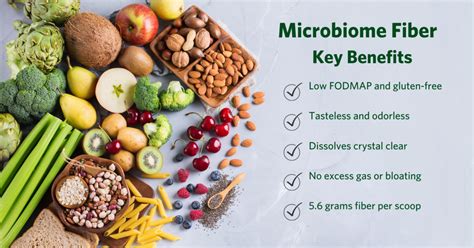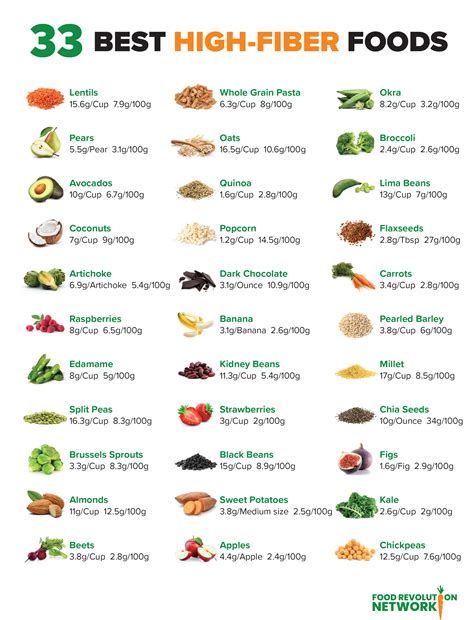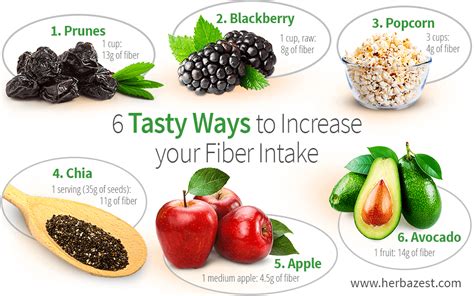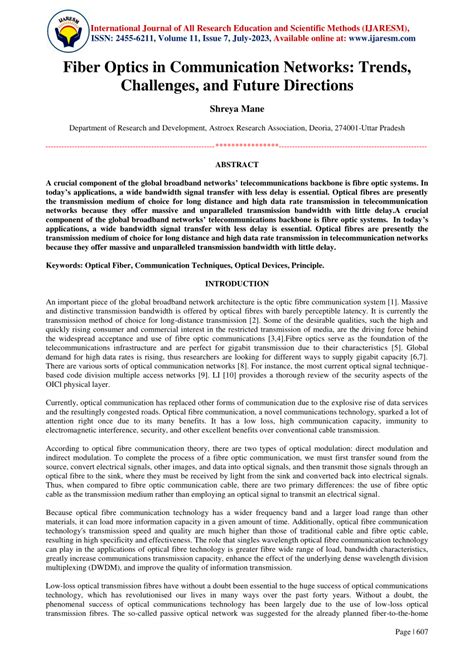Intro
Discover 5 fiber benefits, including digestive health, weight management, and blood sugar control, with high-fiber diets rich in soluble and insoluble fiber, promoting healthy gut bacteria and satiety.
The importance of dietary fiber cannot be overstated, as it plays a critical role in maintaining a healthy digestive system, promoting satiety, and supporting overall well-being. A high-fiber diet has been associated with numerous health benefits, including reducing the risk of chronic diseases such as heart disease, diabetes, and certain types of cancer. With the average person consuming significantly less fiber than the recommended daily intake, it is essential to understand the benefits of fiber and how to incorporate more of it into our daily lives.
Fiber is a type of carbohydrate that is not easily broken down by the body and is found in a variety of foods, including fruits, vegetables, whole grains, and legumes. It is often referred to as "roughage" due to its ability to add bulk to stool and promote regular bowel movements. However, the benefits of fiber extend far beyond digestive health, and it is essential to recognize the significance of this nutrient in maintaining optimal health.
A diet rich in fiber can have a significant impact on our overall health and well-being, from reducing inflammation and improving blood sugar control to supporting healthy weight management and promoting feelings of fullness and satisfaction. With so many benefits associated with fiber consumption, it is crucial to understand how to incorporate more fiber-rich foods into our diets and make informed choices about the products we buy. By doing so, we can take a proactive approach to supporting our health and reducing the risk of chronic diseases.
Introduction to Fiber Benefits

Types of Fiber
Both types of fiber are essential for maintaining a healthy digestive system, and a balanced diet should include a mix of both. Some of the richest sources of fiber include fruits, vegetables, whole grains, and legumes. Fruits such as apples, bananas, and berries are high in soluble fiber, while vegetables such as broccoli, carrots, and Brussels sprouts are rich in insoluble fiber. Whole grains, including brown rice, quinoa, and whole-wheat bread, are also excellent sources of fiber, as are legumes, such as beans, lentils, and peas.The Benefits of a High-Fiber Diet

Some of the key benefits of a high-fiber diet include:
- Lower cholesterol levels: Soluble fiber can help to reduce the absorption of cholesterol into the bloodstream, which can help to lower overall cholesterol levels.
- Improved blood sugar control: Fiber can help to slow down the digestion of carbohydrates, which can help to regulate blood sugar levels.
- Promotes feelings of fullness and satisfaction: Fiber can help to slow down the digestion of food, which can promote feelings of fullness and satisfaction, making it easier to maintain a healthy weight.
- Supports healthy gut bacteria: Fiber acts as a prebiotic, feeding the good bacteria in the gut, which can help to promote a healthy gut microbiome.
- Reduces inflammation: A high-fiber diet has been shown to reduce inflammation, which can help to reduce the risk of chronic diseases.
How to Incorporate More Fiber into Your Diet
Incorporating more fiber into your diet can be easy and delicious. Some tips for increasing fiber intake include: * Eating more fruits and vegetables: Aim for at least five servings a day, including a variety of colorful fruits and vegetables. * Switching to whole grains: Choose whole grains, such as brown rice, quinoa, and whole-wheat bread, instead of refined or processed grains. * Adding legumes to your meals: Legumes, such as beans, lentils, and peas, are rich in fiber and can be added to a variety of dishes, including soups, stews, and salads. * Snacking on nuts and seeds: Nuts and seeds, such as almonds, chia seeds, and flaxseeds, are rich in fiber and can be enjoyed as a healthy snack.The Role of Fiber in Digestive Health

Some of the key benefits of fiber for digestive health include:
- Promotes regular bowel movements: Fiber helps to add bulk to stool, which can help to promote regular bowel movements and prevent constipation.
- Reduces the risk of diverticulitis: A high-fiber diet can help to reduce the risk of diverticulitis, a condition characterized by inflammation of the digestive tract.
- Reduces the risk of hemorrhoids: Fiber can help to reduce the risk of hemorrhoids, a condition characterized by swollen veins in the rectum or anus.
- Supports healthy gut bacteria: Fiber acts as a prebiotic, feeding the good bacteria in the gut, which can help to promote a healthy gut microbiome.
The Impact of Fiber on Chronic Diseases
A high-fiber diet has been shown to reduce the risk of chronic diseases, including heart disease, diabetes, and certain types of cancer. Fiber can help to lower cholesterol levels, regulate blood sugar levels, and promote feelings of fullness and satisfaction, making it easier to maintain a healthy weight. A high-fiber diet can also help to reduce inflammation, promote healthy gut bacteria, and support immune function.Some of the key benefits of fiber for chronic disease prevention include:
- Reduces the risk of heart disease: Soluble fiber can help to reduce the absorption of cholesterol into the bloodstream, which can help to lower overall cholesterol levels.
- Reduces the risk of diabetes: Fiber can help to slow down the digestion of carbohydrates, which can help to regulate blood sugar levels.
- Reduces the risk of certain types of cancer: A high-fiber diet has been shown to reduce the risk of certain types of cancer, including colon, breast, and prostate cancer.
Practical Tips for Increasing Fiber Intake

Common Mistakes to Avoid When Increasing Fiber Intake
When increasing fiber intake, there are several common mistakes to avoid. These include: * Increasing fiber intake too quickly: Increasing fiber intake too quickly can lead to digestive discomfort, including bloating, gas, and abdominal pain. * Not drinking enough water: Fiber can help to add bulk to stool, but it can also absorb water, leading to constipation if not enough water is consumed. * Not choosing a variety of fiber-rich foods: Choosing a variety of fiber-rich foods can help to ensure that you are getting a range of different types of fiber, including soluble and insoluble fiber.Conclusion and Future Directions

As we move forward, it is essential to continue to educate ourselves and others about the importance of fiber and how to incorporate more of it into our diets. By doing so, we can promote a culture of health and wellness, and support the prevention and management of chronic diseases.
What is the recommended daily intake of fiber?
+The recommended daily intake of fiber is 25-30 grams per day for adults. However, the average person consumes significantly less than this, with a typical intake of around 15 grams per day.
What are the best sources of fiber?
+The best sources of fiber include fruits, vegetables, whole grains, and legumes. Some of the richest sources of fiber include apples, bananas, berries, broccoli, carrots, Brussels sprouts, brown rice, quinoa, whole-wheat bread, beans, lentils, and peas.
How can I increase my fiber intake?
+Incorporating more fiber into your diet can be easy and delicious. Some practical tips for increasing fiber intake include starting your day with a high-fiber breakfast, snacking on high-fiber foods, adding fiber-rich foods to your meals, and choosing whole grains instead of refined or processed grains.
We hope this article has provided you with a comprehensive understanding of the importance of fiber and how to incorporate more of it into your diet. Remember to start slowly, choose a variety of fiber-rich foods, and drink plenty of water to help your body adjust to the increase in fiber. By making these simple changes, you can take a proactive approach to supporting your health and reducing the risk of chronic diseases. Share this article with your friends and family, and let's work together to promote a culture of health and wellness.
